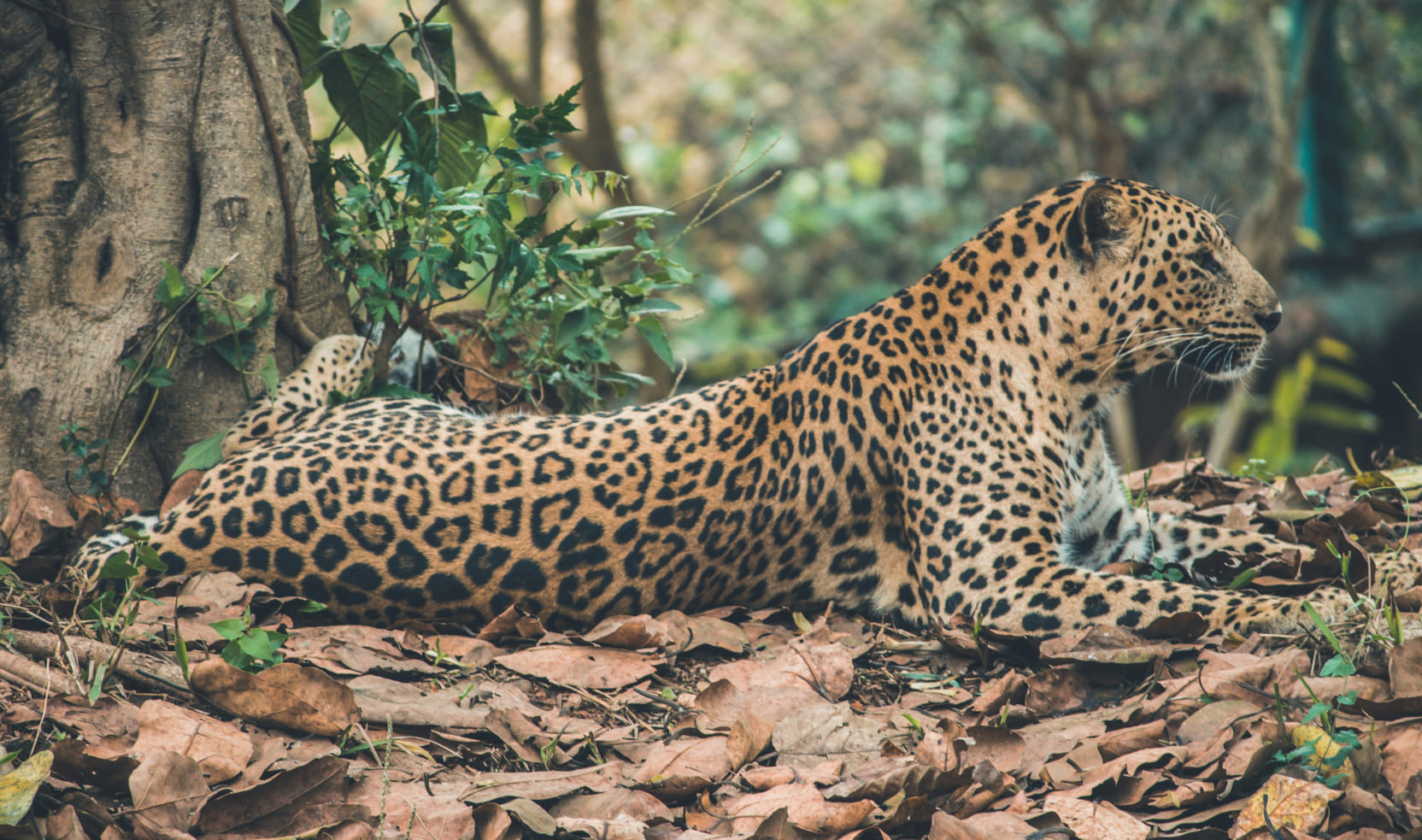- [email protected]
- Mon - Sat 8:00 - 6:30, Sunday - CLOSED
Journey Through the Zoo

Indian Leopard: The Adaptable Predator
The Indian leopard (Panthera pardus fusca) is one of the most adaptable big cats, thriving in diverse habitats ranging from dense forests to urban areas. Found across the Indian subcontinent, this leopard is known for its striking golden coat with rosette patterns, which help it camouflage in its environment. In zoos, Indian leopards are a favorite among visitors, showcasing their agility, stealth, and beauty.
Leopard enclosures in zoos are designed to encourage natural behaviors, featuring climbing structures, rocky outcrops, and shaded resting areas. Leopards are excellent climbers, so elevated platforms and trees are included to allow them to perch and survey their surroundings. Water features are sometimes added to enhance the habitat's complexity.
Their diet in captivity includes a variety of raw meats, such as beef, chicken, and occasionally rabbit, to replicate their carnivorous diet in the wild. Enrichment activities, such as scent trails, puzzle feeders, and simulated hunting exercises, are used to keep their minds and bodies active.
Indian leopards face numerous threats in the wild, including habitat destruction, human-wildlife conflict, and poaching. Zoos play a critical role in conserving this subspecies by participating in breeding programs and raising awareness about their challenges. Visitors who witness the Indian leopard’s elegance and power leave with a newfound respect for this incredible predator and its role in maintaining ecological balance.
